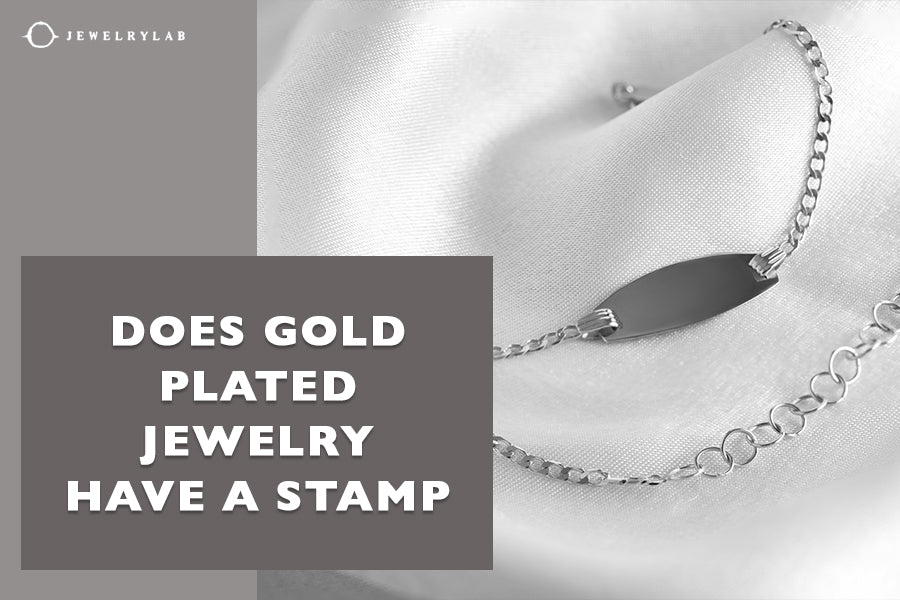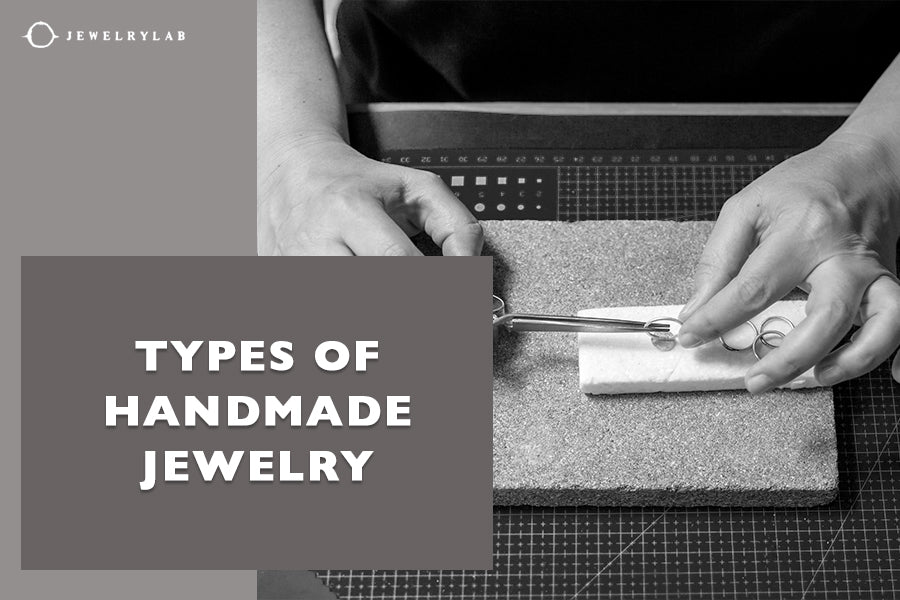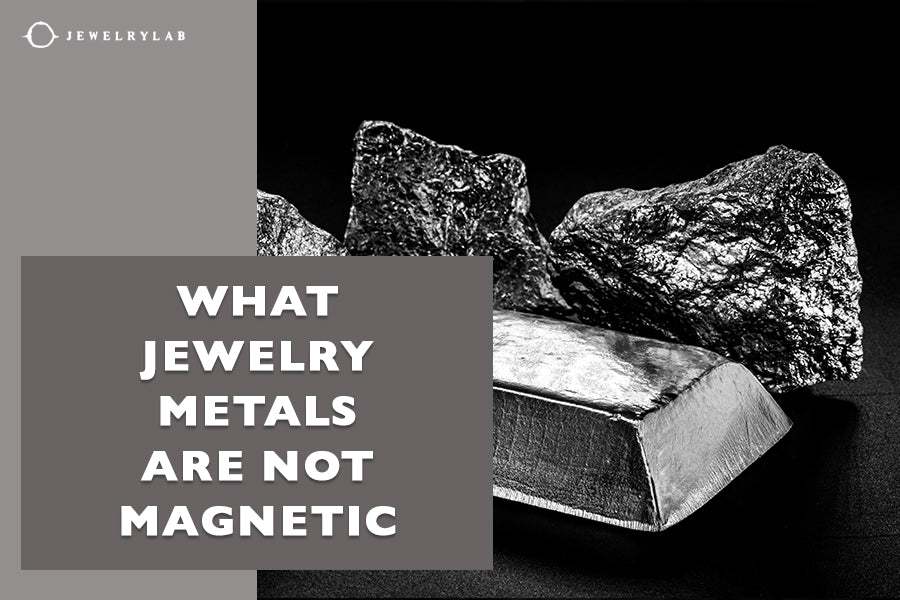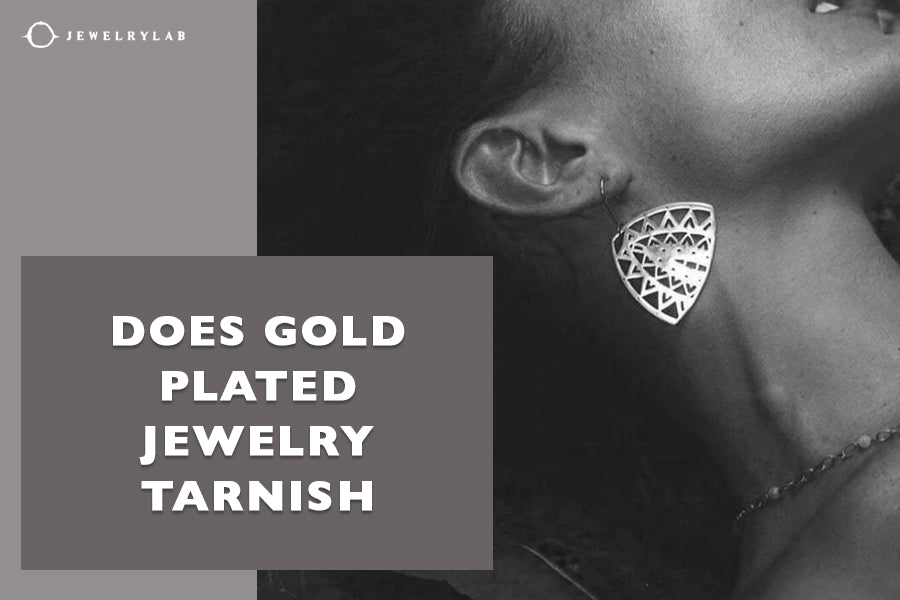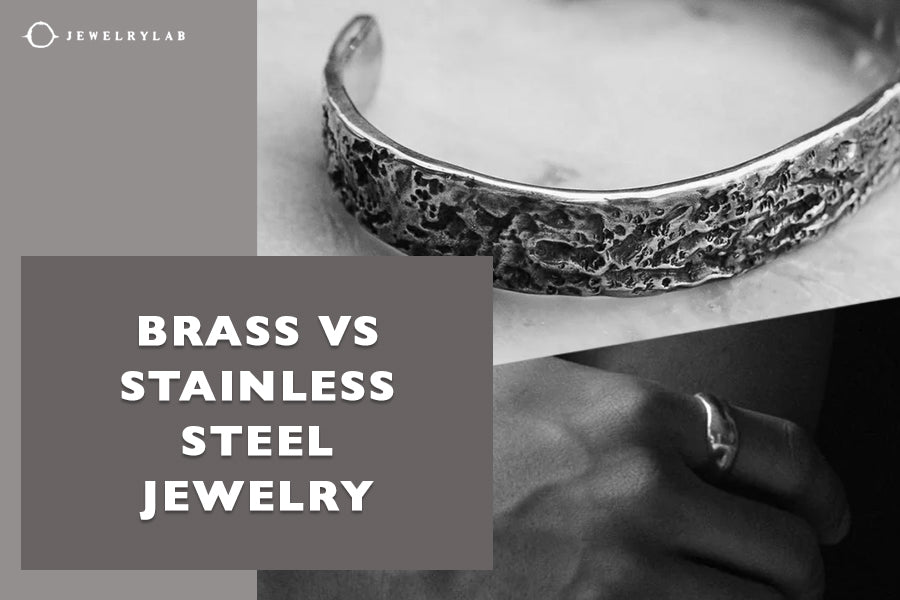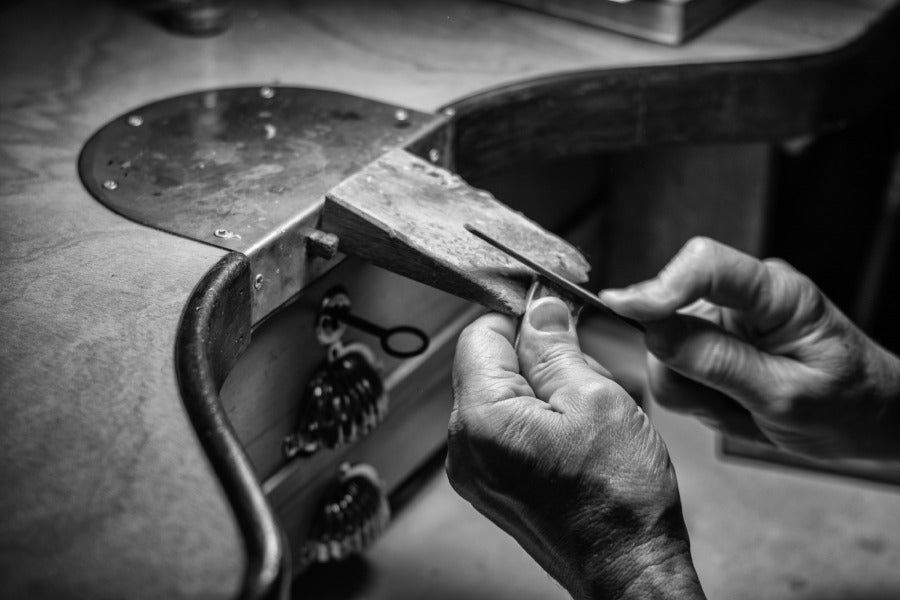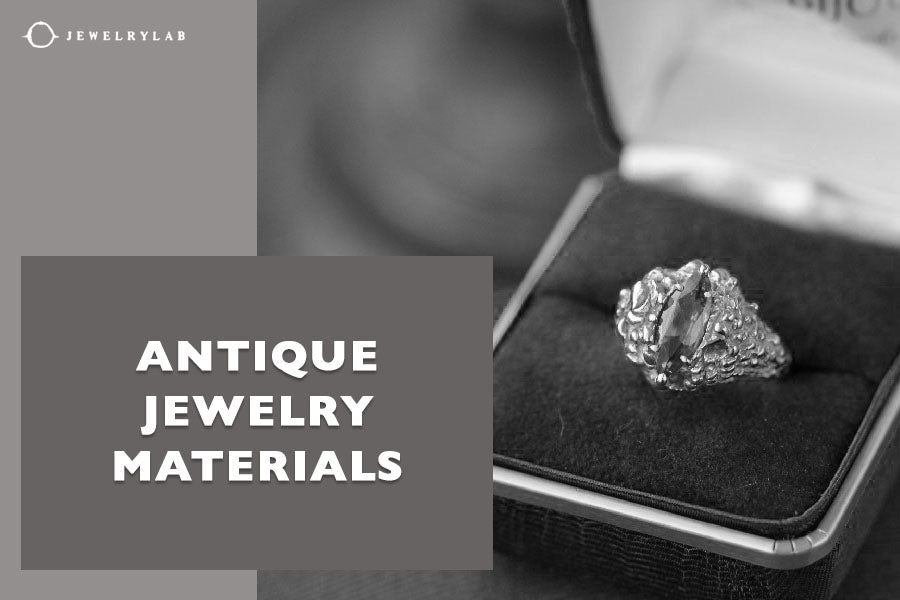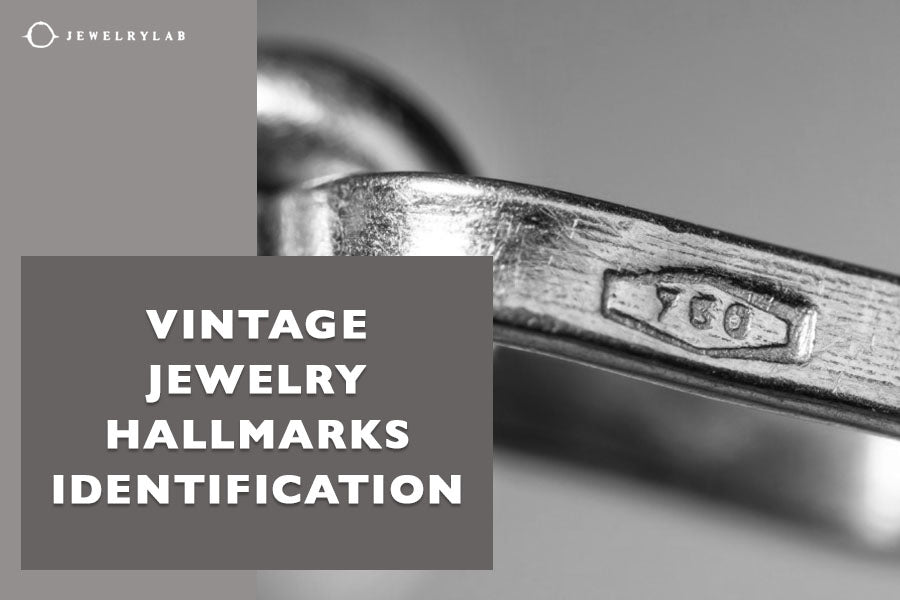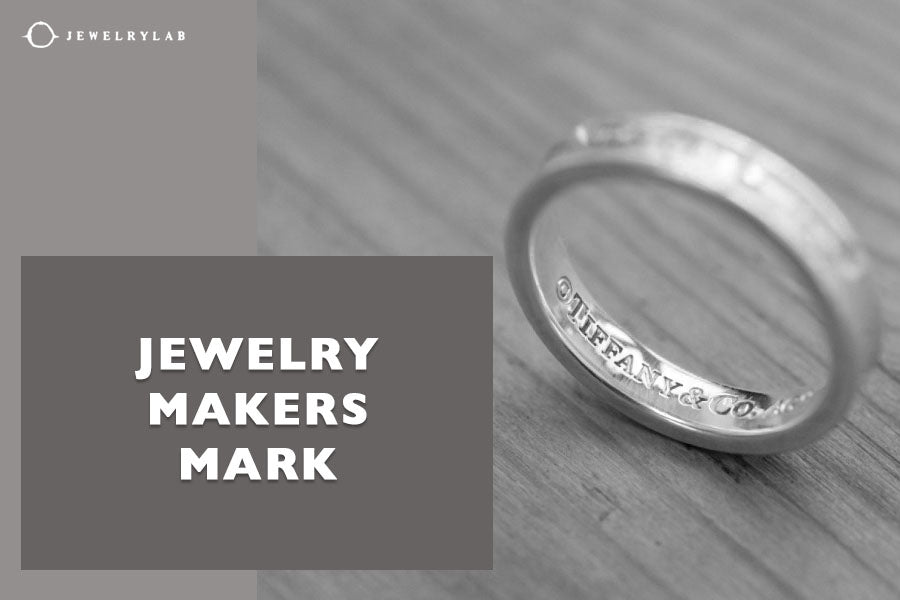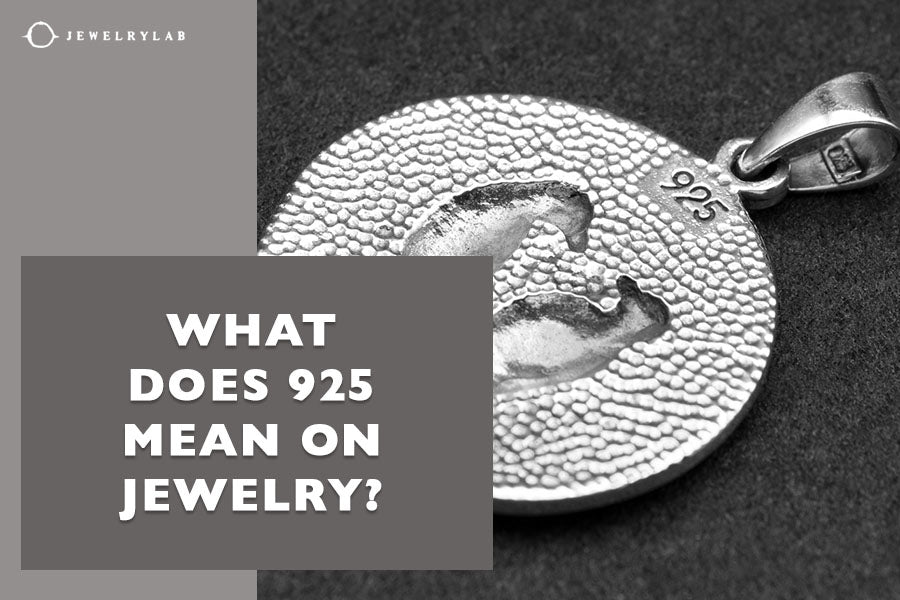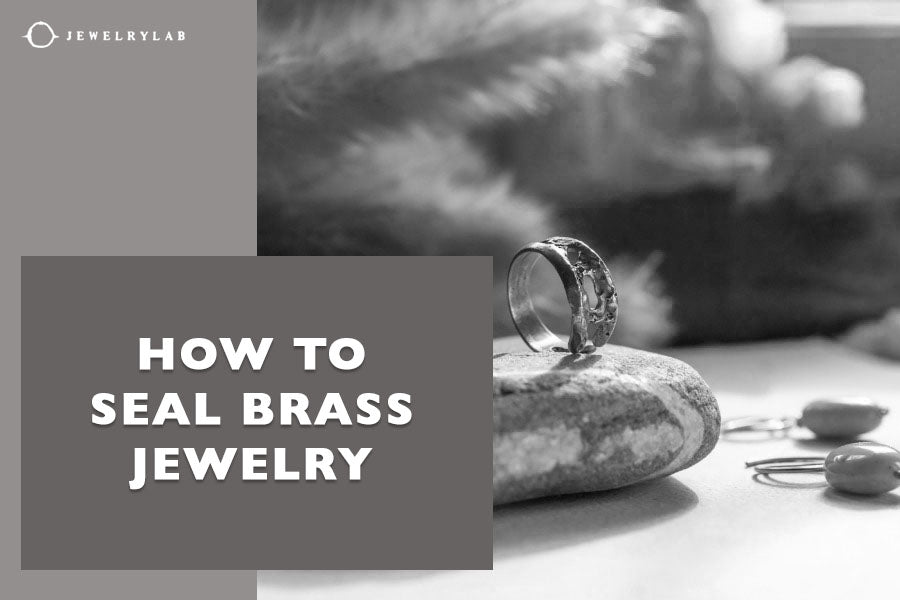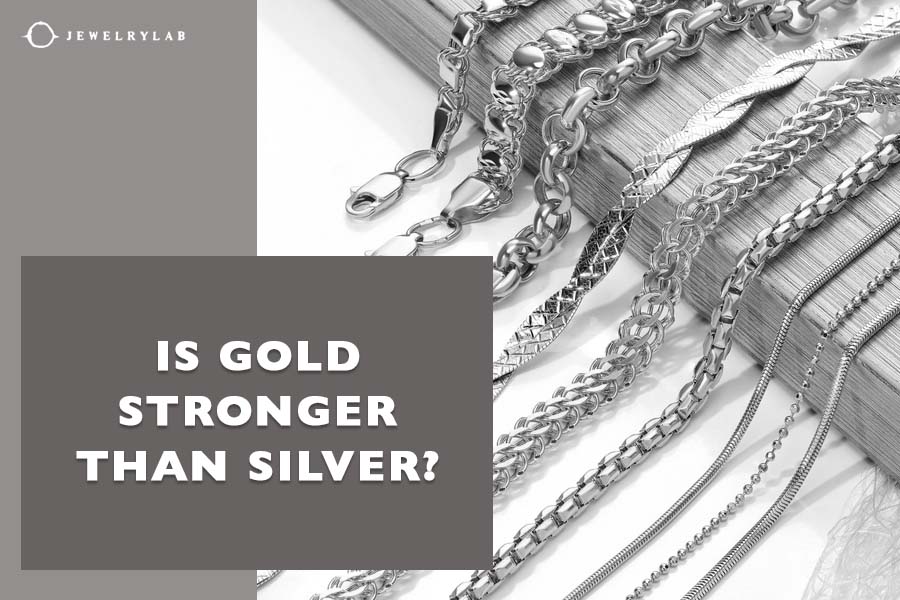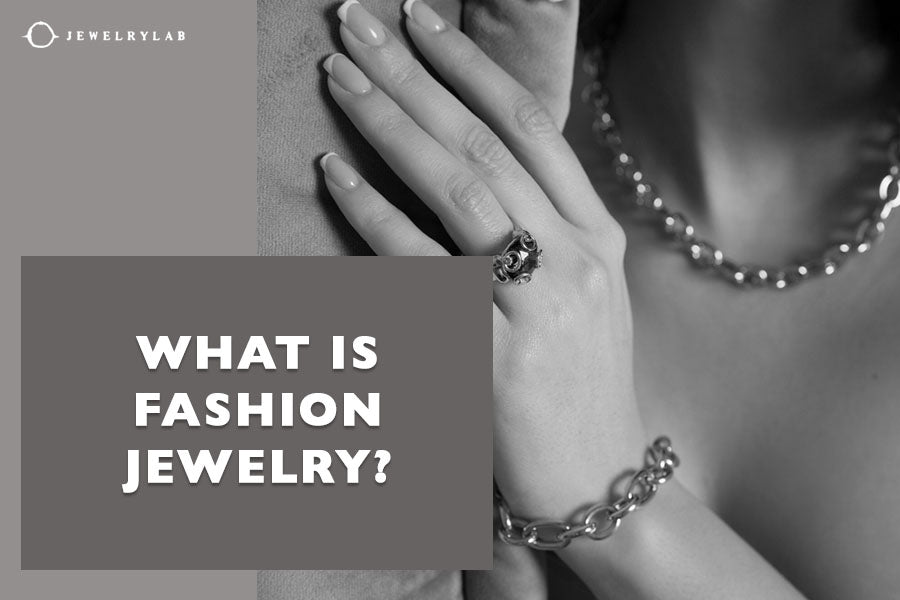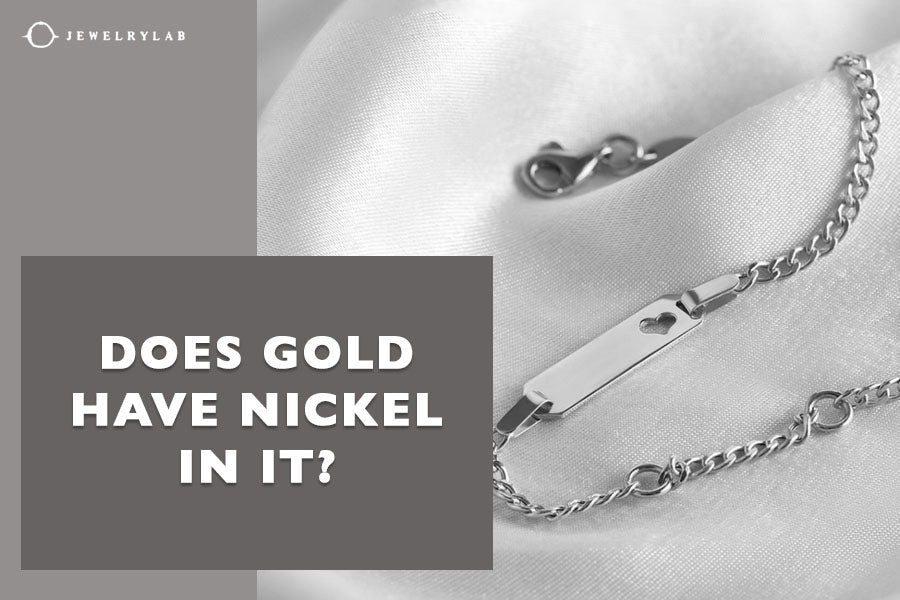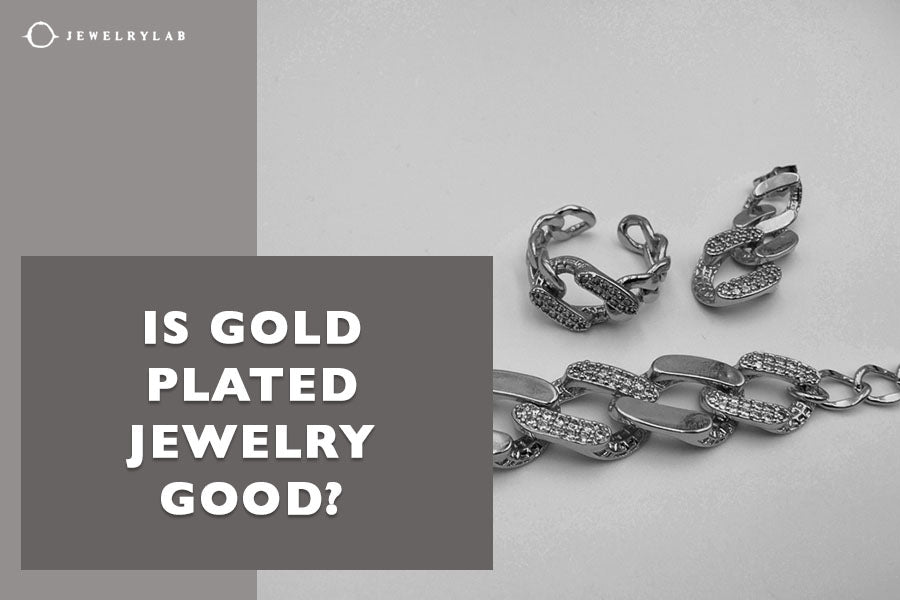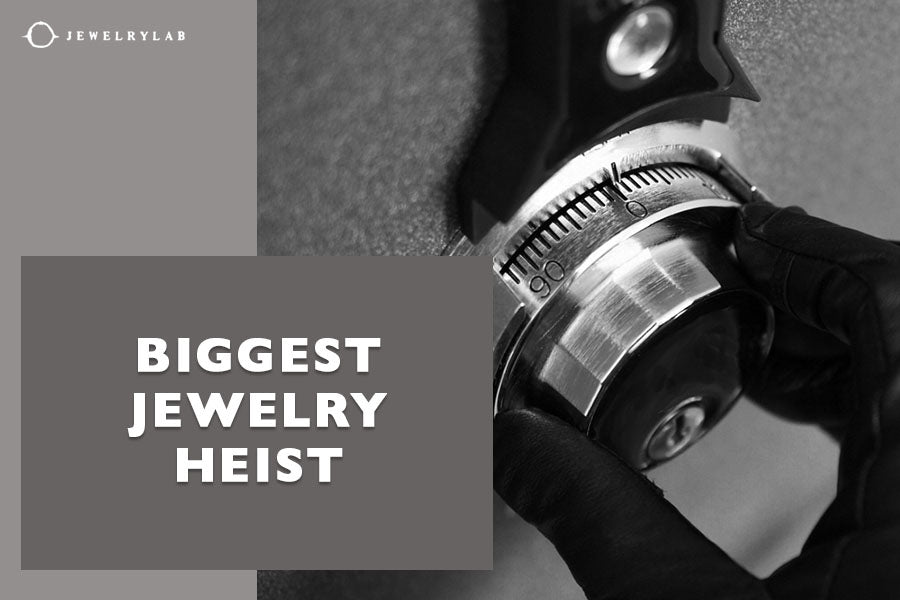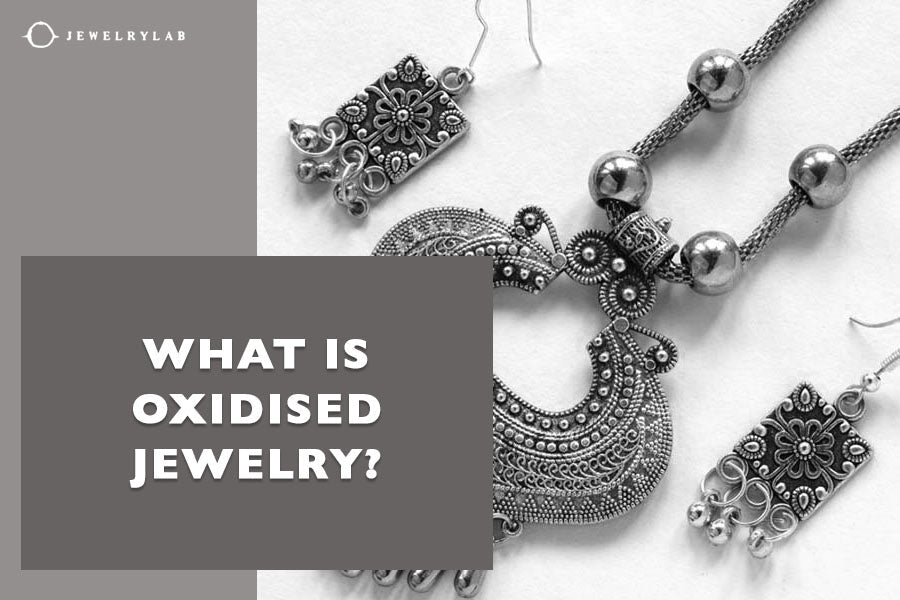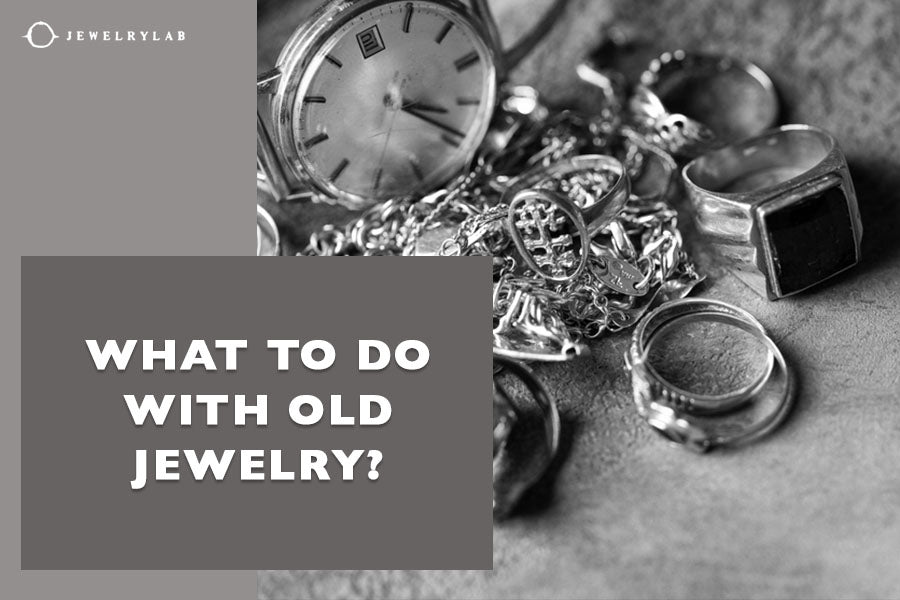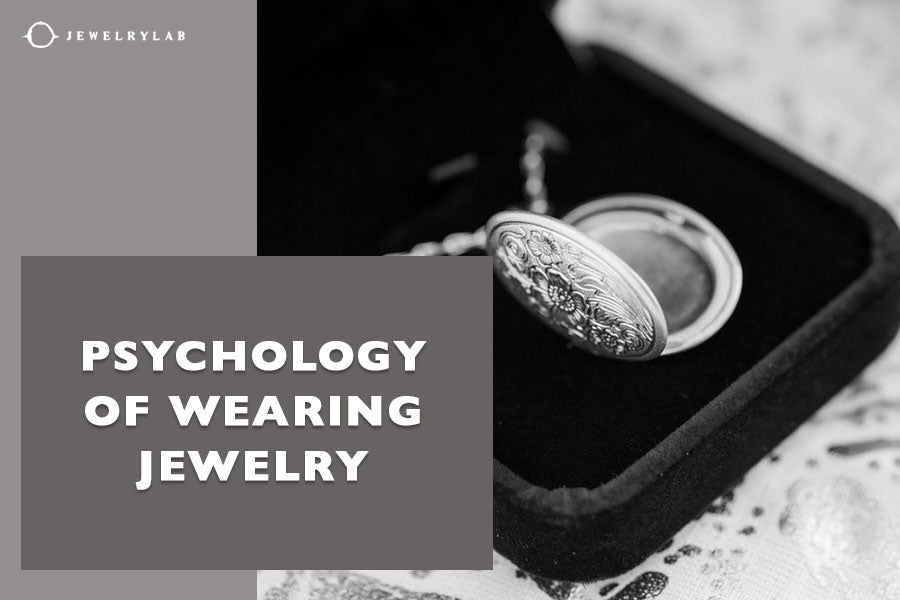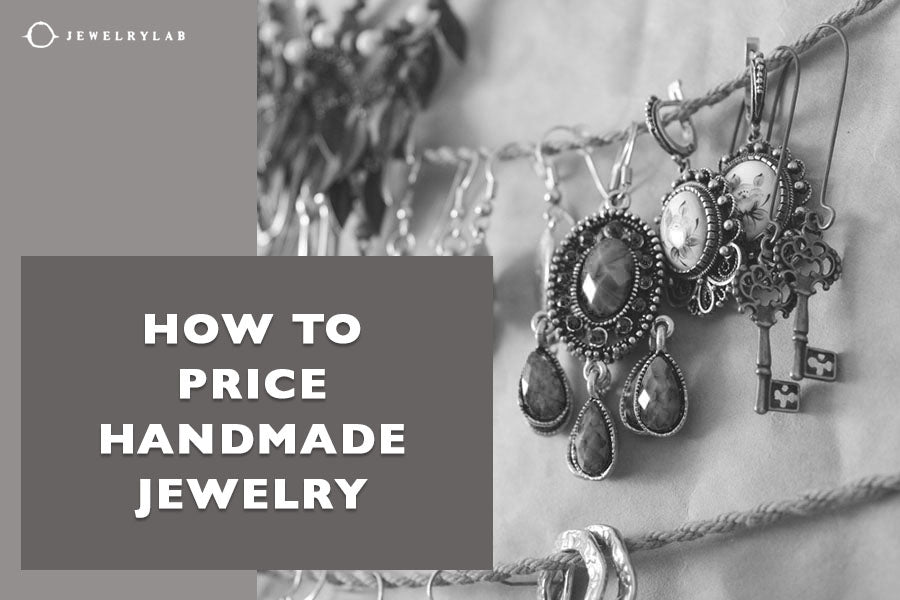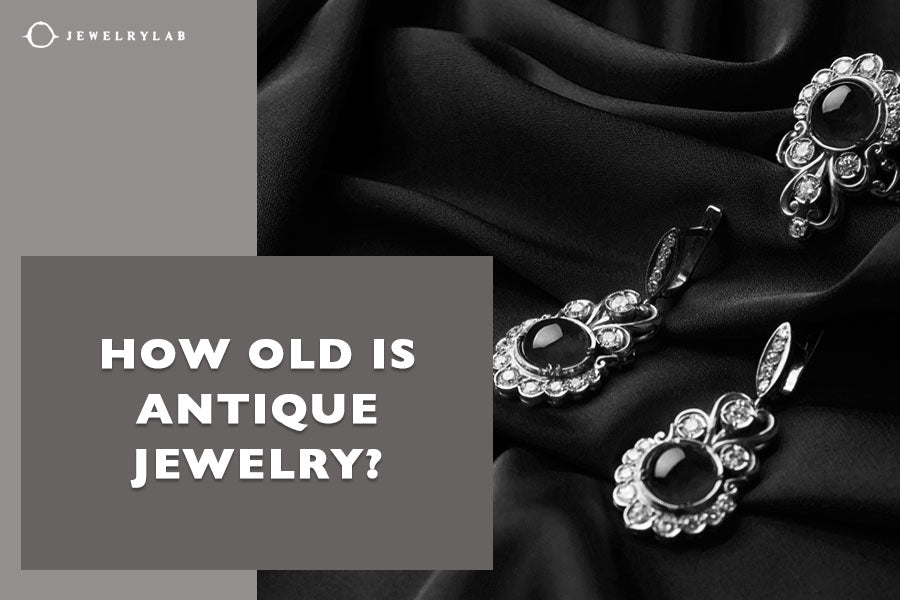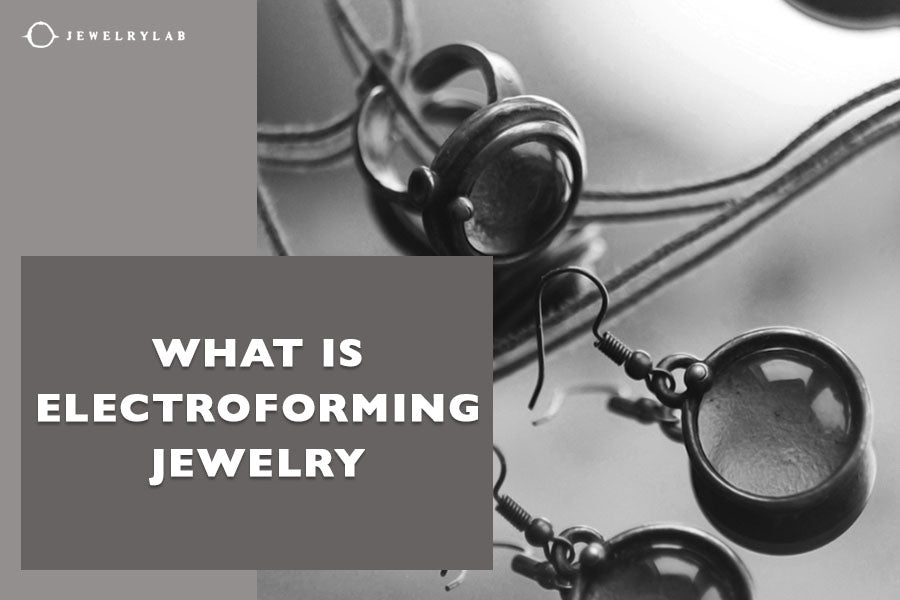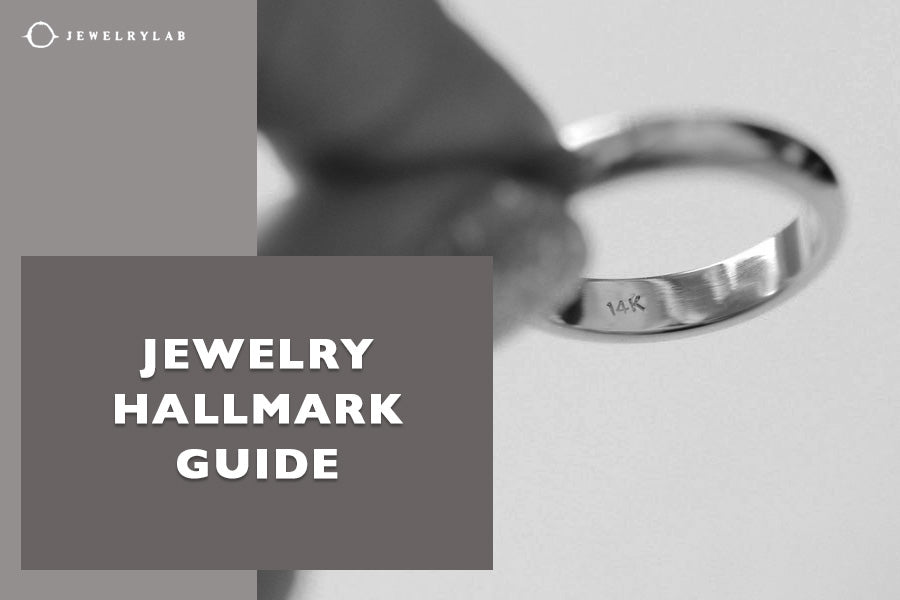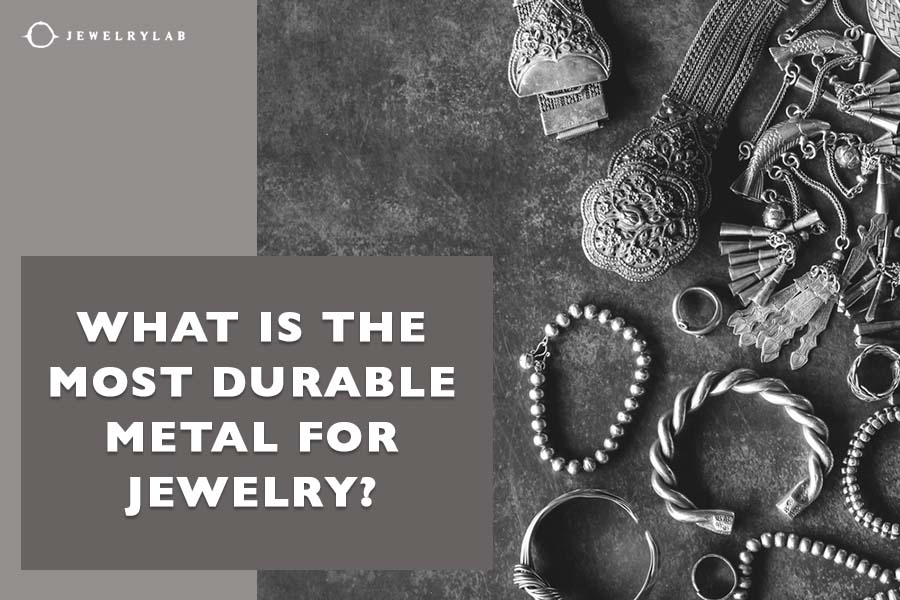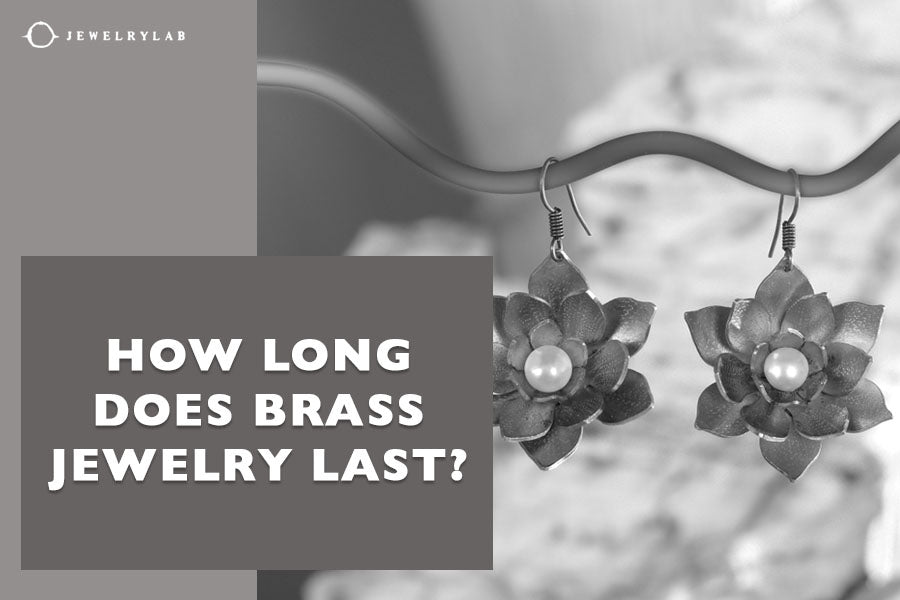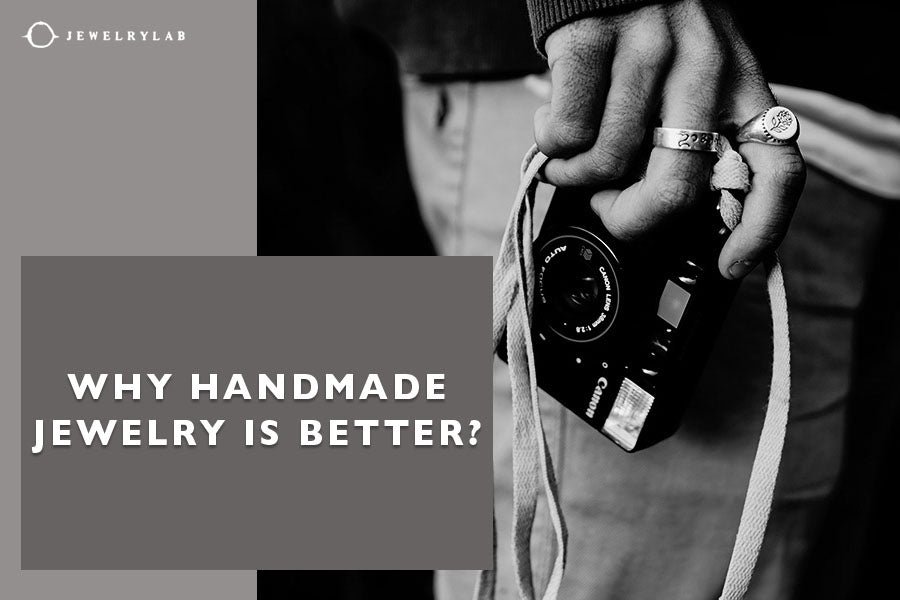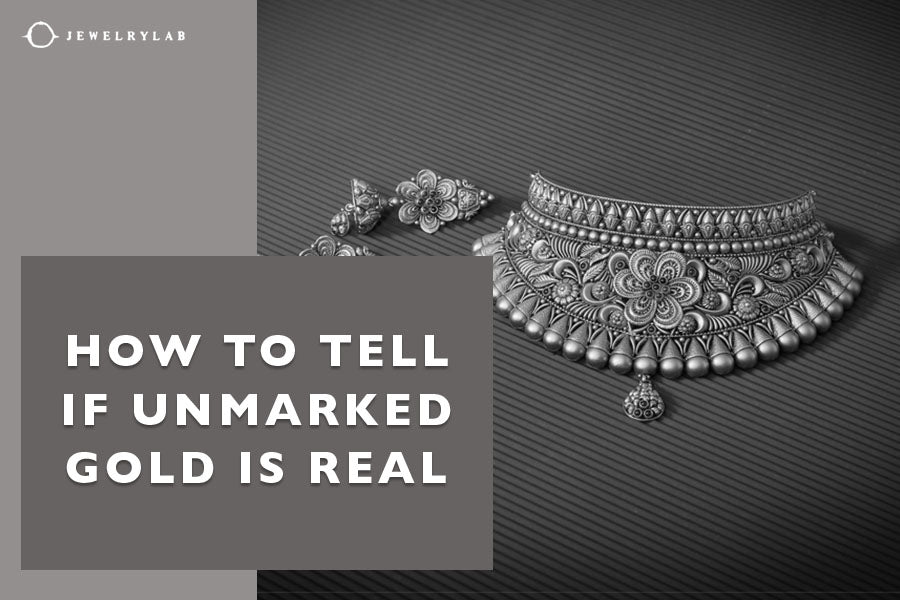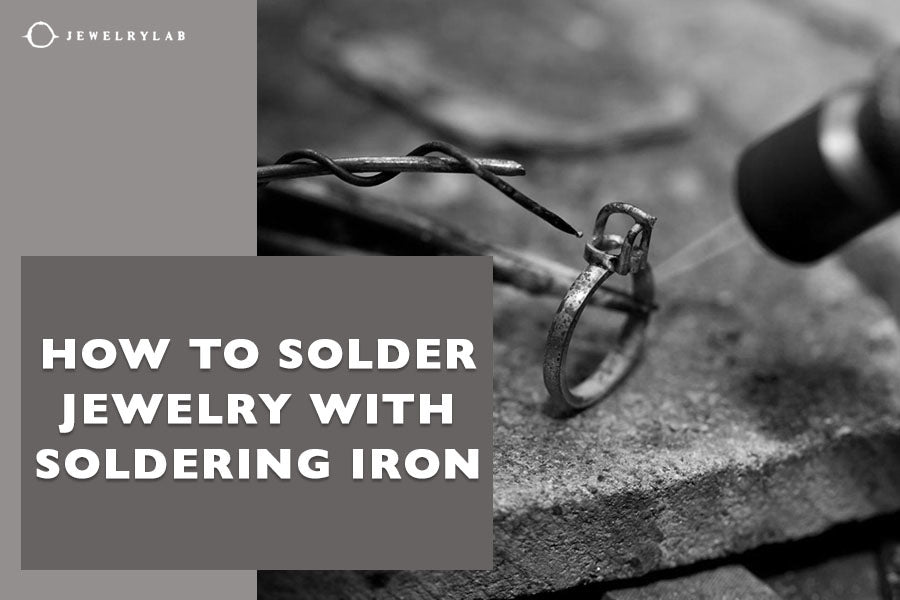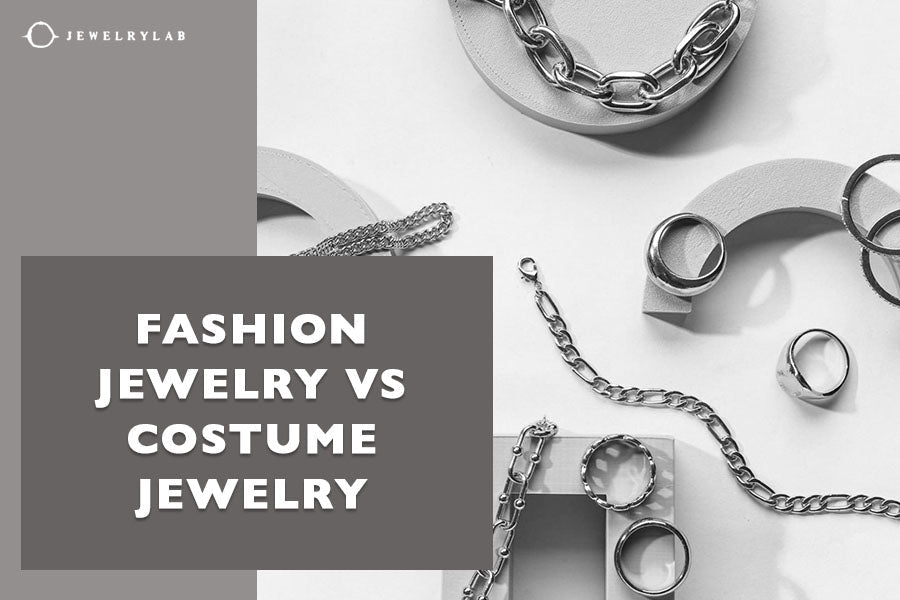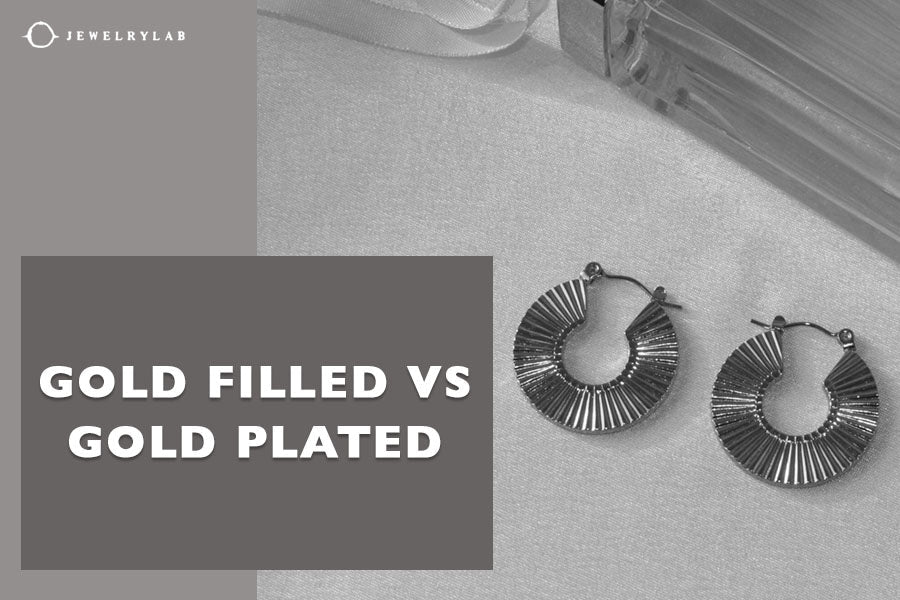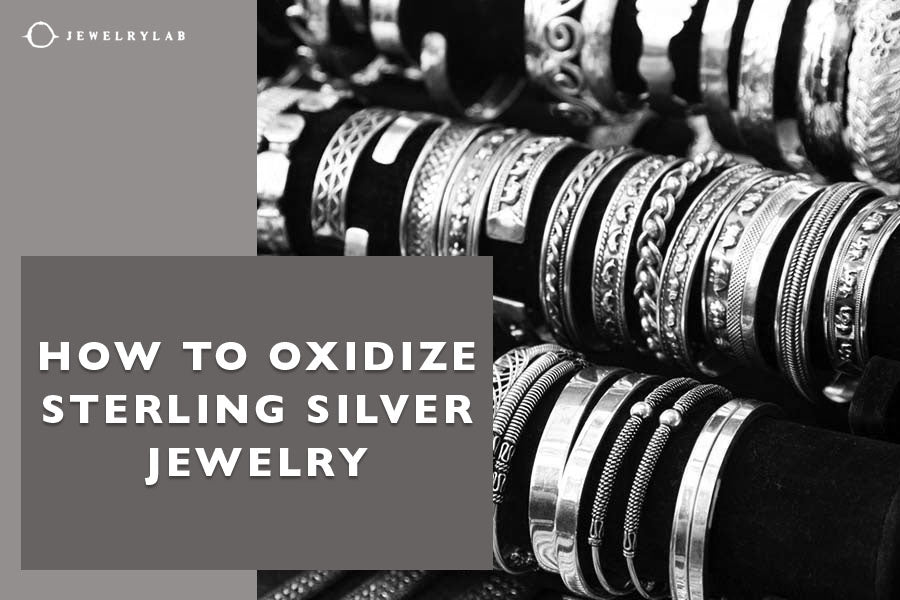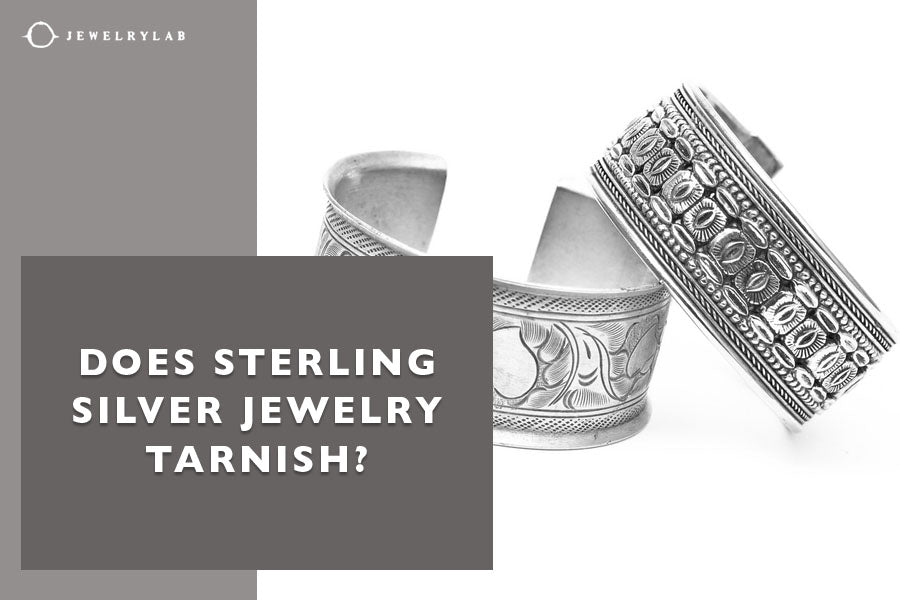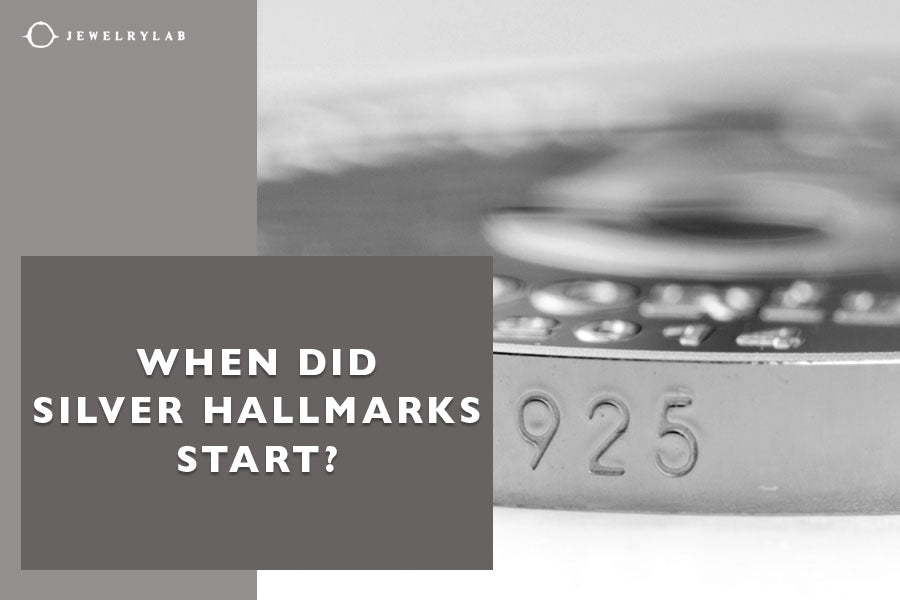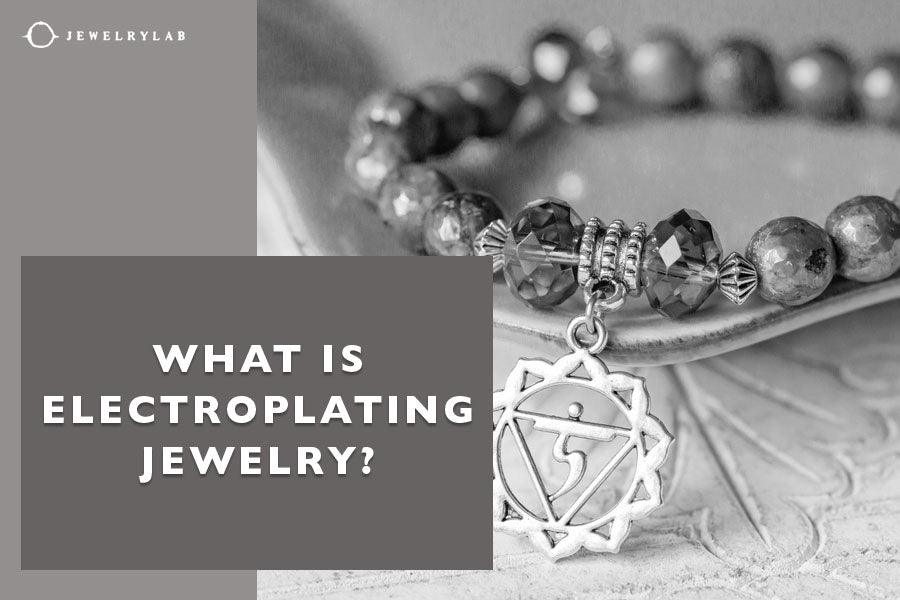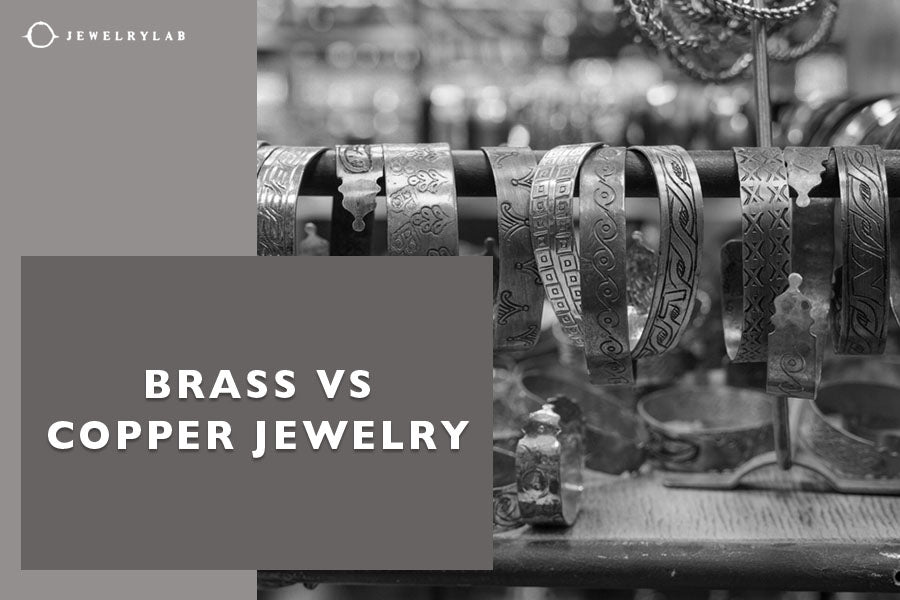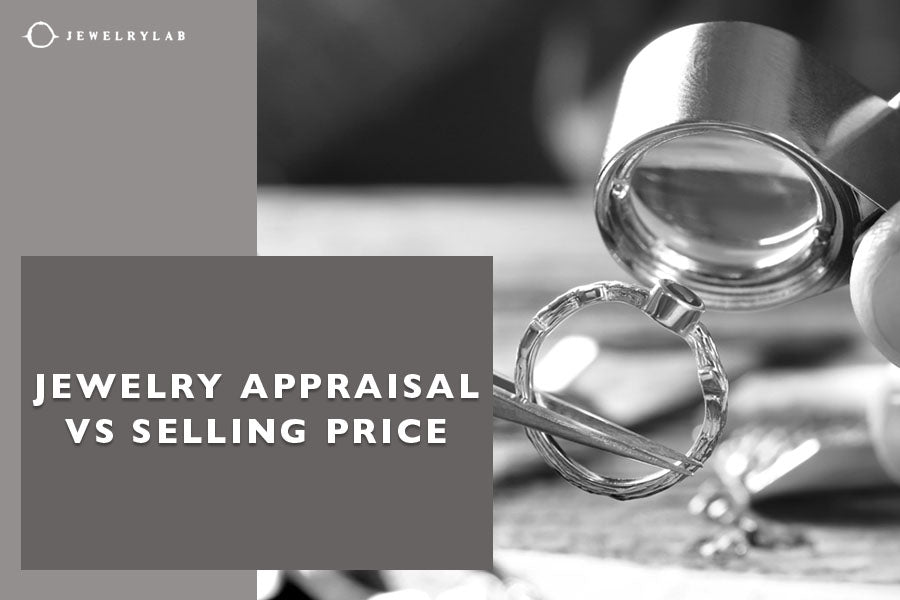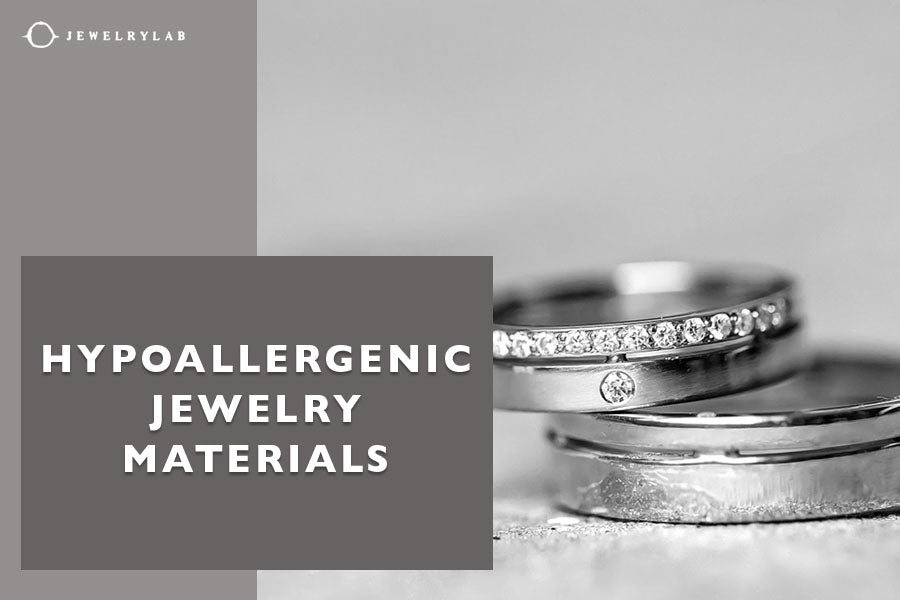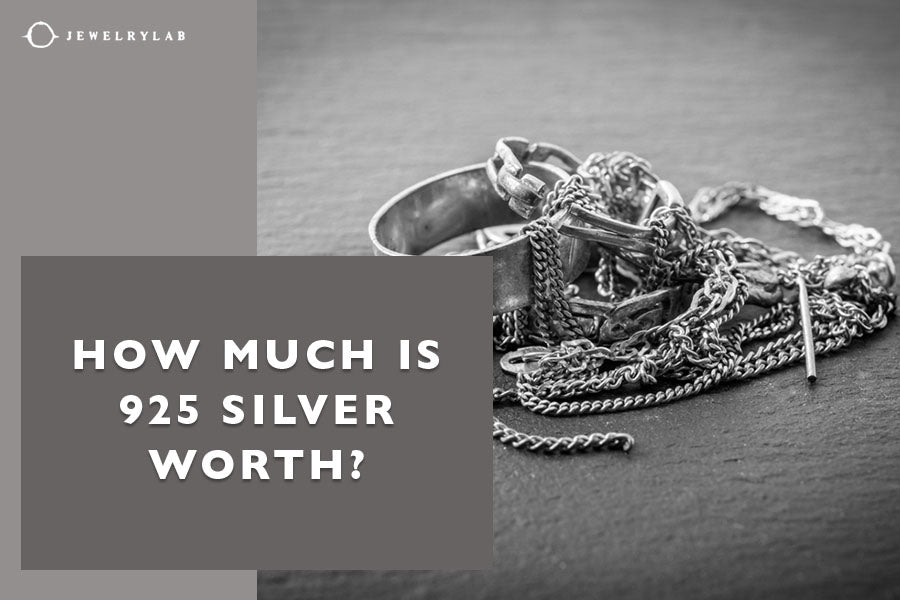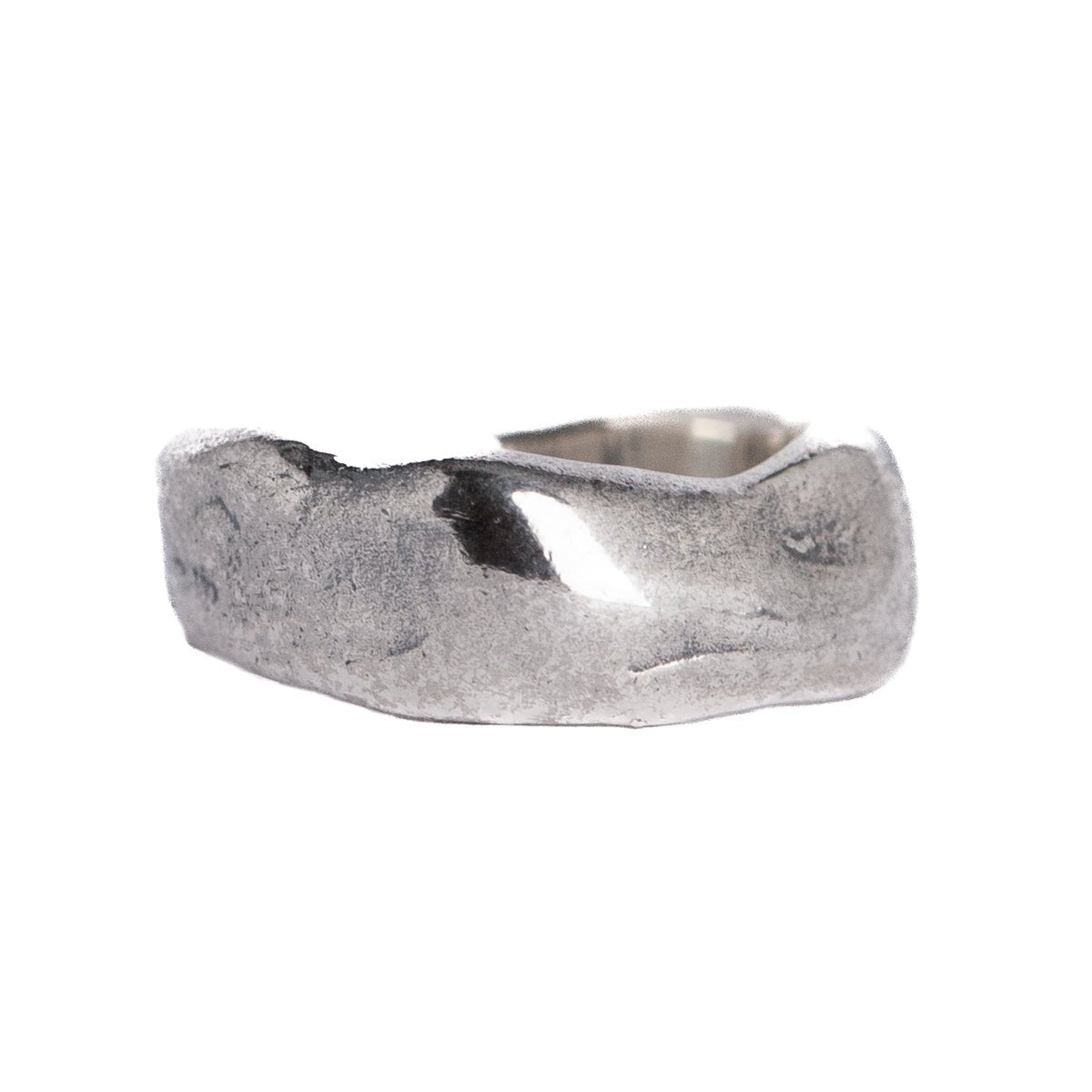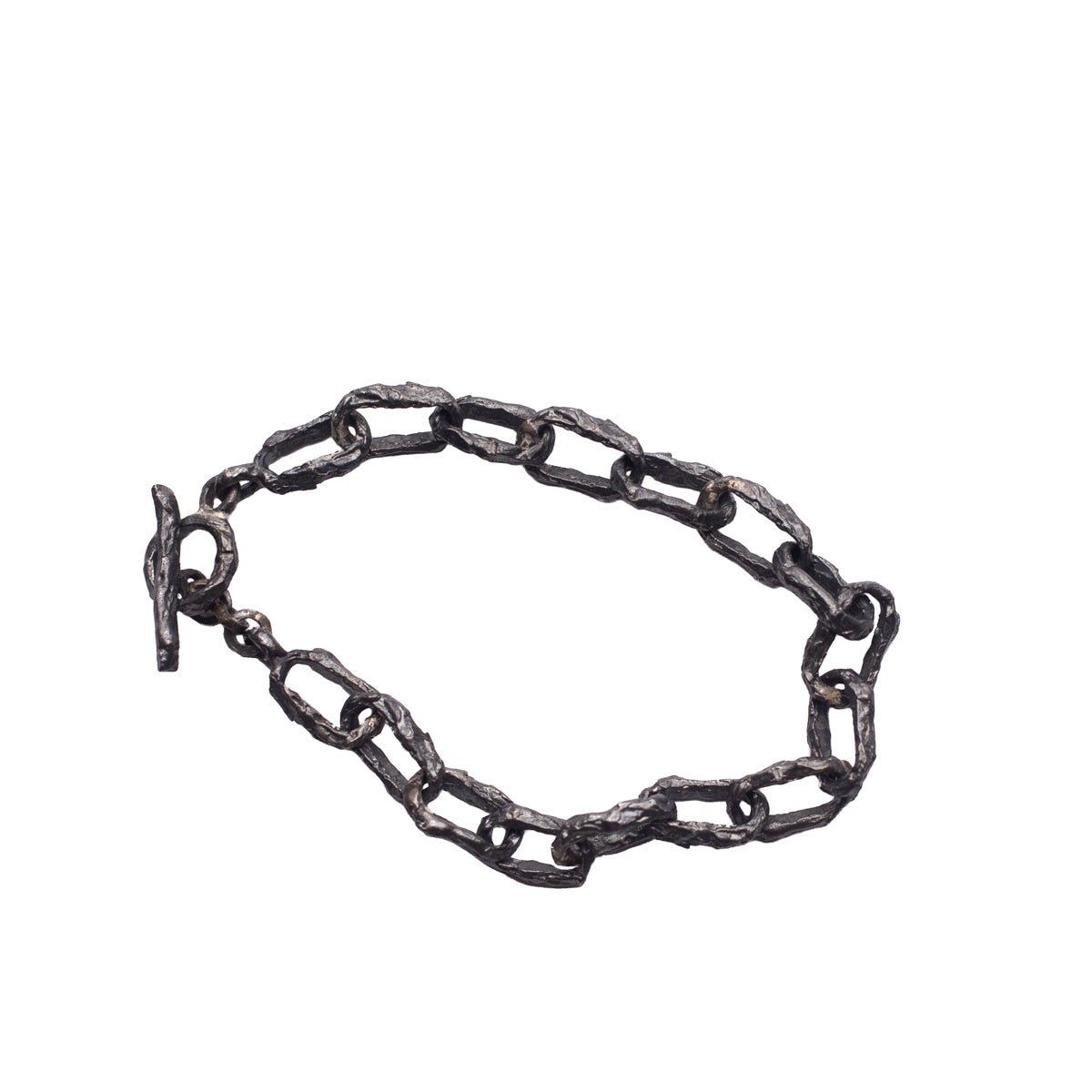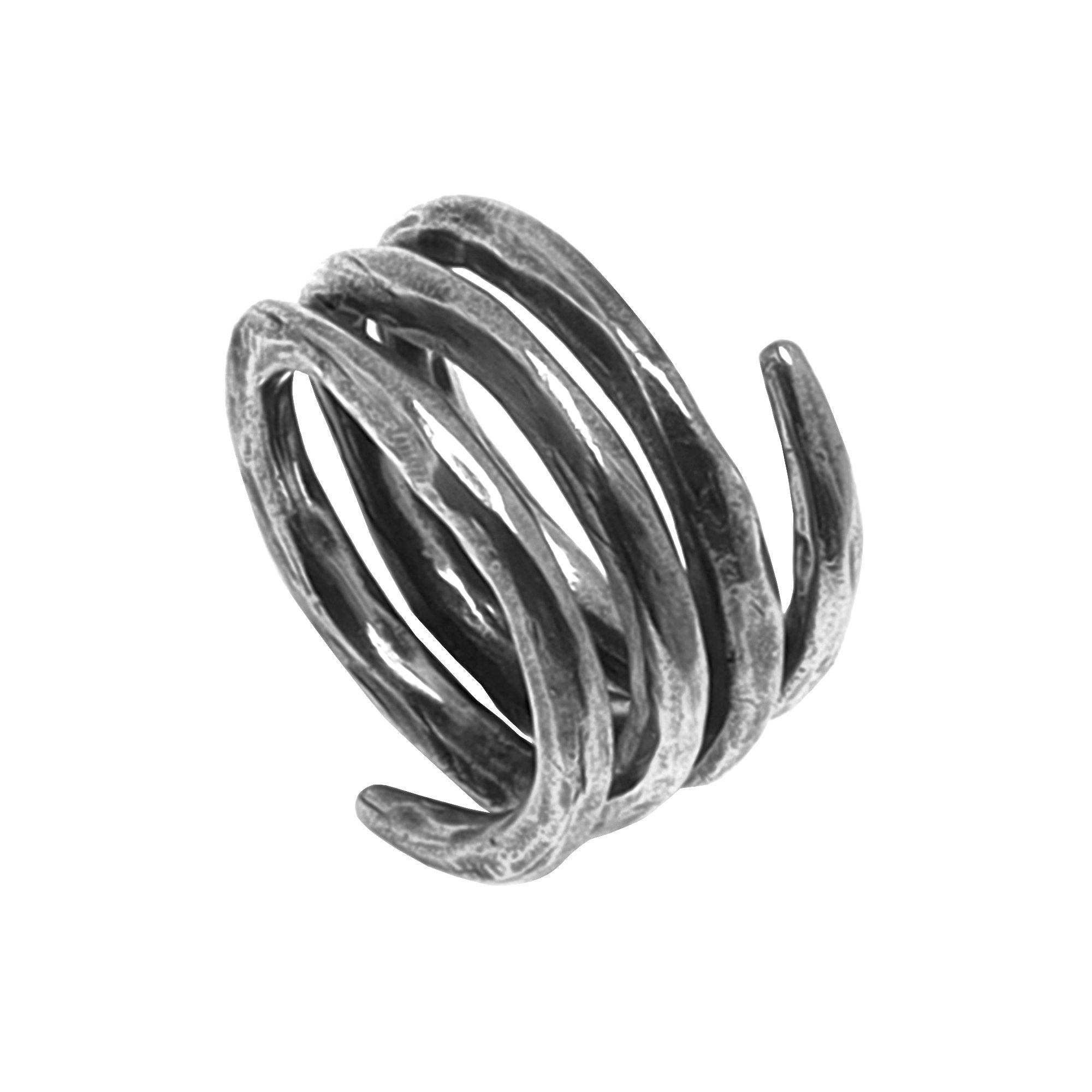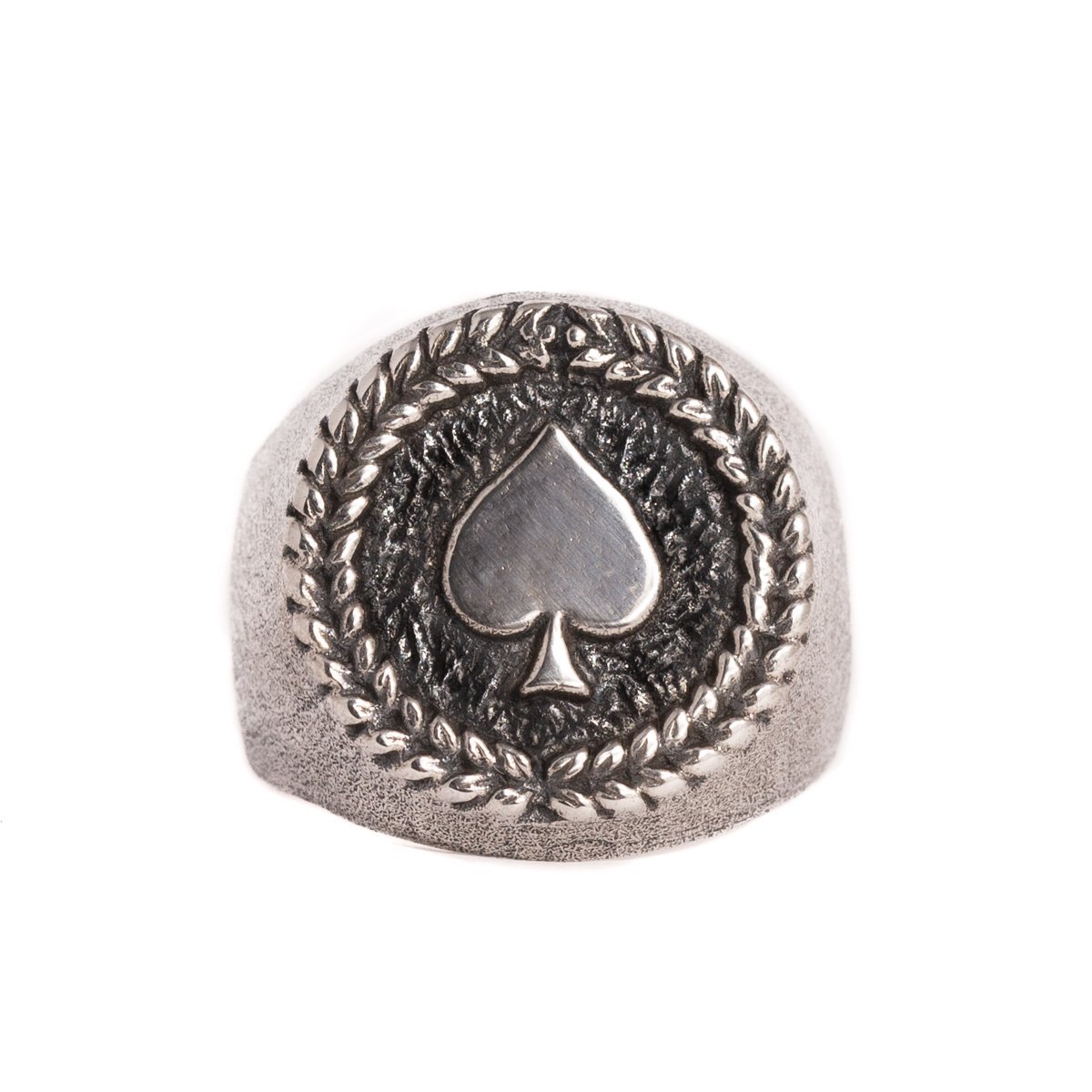by Jesús Zabala - 6 min read
Jewelry Metals That Don’t Tarnish
When shopping for jewelry, you typically look for something stylish with excellent quality. Unfortunately, many pieces can tarnish once the metal comes in contact with external substances like sulfur, body oils, sweat, and perfumes. Luckily, you will discover jewelry metals that don’t tarnish due to natural processes.
As experienced jewelry makers, we will delve into the phenomenon of tarnishing in this guide. We will explore the prevalence of non-tarnishing metals and discuss the factors that contribute to the discoloring of many jewelry pieces.

Understanding Tarnish in Jewelry
Jewelry has graced the fingers of humans for centuries. Exquisite pieces of jewelry can elevate your outfit, capture memories, and showcase your personality. However, it can be highly frustrating to see your fine jewelry tarnish over time.
Tarnish is a process of darkening metal surfaces caused by a chemical reaction with elements in the environment. The discolored surface that forms on the metals can make your bright and shiny jewelry appear lackluster and dull.
The level of discoloration can vary, depending on the jewelry metal and how you care for the jewelry. While many metals are susceptible to discoloration, there are certain metals and alloys that minimize this effect. Some non-tarnishing metals have gained much popularity due to their resistance, durability, and low maintenance.
So, what are the jewelry materials that don’t tarnish? Let’s explore which factors lead to tarnishing and which metals contribute to resistant jewelry. At JewelryLab, you can find a wide range of unique pieces made from such materials.
Factors Contributing to Tarnish in Metals
Oxidation and exposure to air
Oxidation is one of the main contributors to tarnishing in jewelry. It occurs when metals react with oxygen in the air. The reaction causes a thin layer of oxide to form on the surface of the metal, altering its appearance.
All metals, except precious metals, are naturally prone to oxidation. With this in mind, it is essential to store your jewelry pieces in a proper manner. You can use airtight containers or anti-tarnish pouches to mitigate exposure and the onset of tarnish.
Chemical reactions with substances like sulfur, moisture, and acids
Aside from oxygen, metals can also get into chemical reactions with various substances that are present in their surroundings. For instance, sulfur compounds in air pollutants and certain household products might accelerate tarnishing.
Moisture might also facilitate metal corrosion, whether caused by humidity or direct contact with liquids. Similarly, acids present in items like perfumes, lotions, and cleaning agents can interact with the metal surfaces of jewelry.
To minimize the exposure of your favorite pieces to these reactive substances, we recommend regular cleaning and maintenance of the jewelry pieces. These actions, along with careful handling, might preserve the luster of the adornments for a longer time.
Environmental factors and PH levels
Environmental conditions like temperature and humidity levels can significantly influence the rate at which tarnish develops on metal surfaces. In fact, environments with high humidity are breeding grounds for tarnish-inducing reactions.
In addition, the pH level of the environment can also impact the stability of the metal surfaces. Even your body chemistry (sweat PH) may influence how quickly your jewelry can tarnish. Highly acidic and alkaline conditions accelerate corrosion, which prompts the need for regular care and maintenance of your jewelry.

List of Jewelry Metals That Don’t Tarnish
One key factor to take into account when choosing jewelry is longevity. You probably don’t want your beloved pieces to lose their luster soon after you acquired them. Fortunately, some materials have metal properties that are resistant to tarnishing.
Keep in mind that some metals don’t usually tarnish, but when mixed with other metals, they can be prone to this process. Let’s take a look at jewelry materials that will ensure your pieces remain as brilliant as the day you purchased them.
Platinum
Platinum is one of the most favored metals for jewelry. It is renowned for its rarity and remarkable resistance to tarnish. What makes this metal fascinating is its ability to maintain its lustrous appearance even after prolonged exposure to elements.
The reason behind its resilience is its inert nature. This metal doesn’t expand due to heat or react to oxygen or other substances present in the environment. It is strong and hypoallergenic. However, you need to avoid scratching and denting platinum jewelry to avoid the formation of a patina.
Stainless steel
Stainless steel is a metal characterized by durability, rust, and corrosion resistance due to its chromium content. For this reason, it is a popular choice for various applications, including making jewelry such as our Coyote Bone Bracelet.
Moreover, the chromium forms an oxide layer on the surface (once the metal is exposed to oxygen), which protects the underlying metal from rust and tarnishing. Still, you must avoid exposing this metal to harsh chemicals to prevent corrosion.
Titanium
Titanium’s incredible strength-to-weight ratio and biocompatibility make it one of the preferred metals for jewelry, especially in men's fashion. In addition to its solid mechanical properties, this metal has excellent tarnish and corrosion resistance.
Titanium has the ability to form a thin oxide layer on the surface, which shields the metal from tarnishing. The metal is hypoallergenic, sturdy, and elegant yet lightweight. It remains shiny even with its prolonged exposure to moisture and air.
Tarnish-Resistant Metals with Some Maintenance
Both gold and silver are renowned for their value and beauty. Yet, they require a bit more maintenance to preserve their brilliance over time.
Gold
In its purest form, gold is resistant to tarnish due to its inert nature. However, this metal is too soft to be used in this form. As a result, jewelry makers often combine it with other alloys to enhance its strength and durability.
Furthermore, the degree of tarnish resistance depends on the gold karats and the metals present in the alloy. Gold below 18k is prone to tarnish, while jewelry above 18k is unlikely to discolor. Regular cleaning and proper storage can maintain its shine.
Silver
Silver is a versatile metal that exudes timeless elegance, elevating any outfit. However, its vulnerability to tarnishing can be a downside. Tarnishing typically happens once the metal reacts with sulfur compounds in the air and on the skin.
The reaction forms silver sulfide, a dark substance that dulls the surface of the metal. To prevent discoloration, you need to store the silver jewelry properly and clean it regularly using a polishing cloth or a specifically formulated solution.
Maintenance Tips for Tarnish-Prone Metals
To prolong your jewelry's life and shine, you need to properly maintain it, especially if it is prone to tarnish. Rusty jewelry not only doesn’t look appealing, but it can also be harmful to your skin. If you have adornments that are prone to tarnish, make sure to follow the maintenance tips:
- Proper storage - Keep your jewelry in a cool and dry place. Store it in airtight containers or bags to prevent its exposure to air.
- Avoid moisture - Store your pieces away from moisture and humidity to prevent oxidation.
- Clean regularly - Regularly clean your jewelry to preserve its shine. Use a soft cloth to gently wipe your pieces after wearing them to remove any oil and dirt.
- Avoid using harsh chemicals - Remember to keep your jewelry away from harsh chemicals commonly present in perfumes, lotions, and cleaning products. These chemicals can significantly accelerate tarnishing.
- Metal polishing: Restore the shine of your fashionable pieces with a polishing cloth or solution designed specifically for the particular metal.
- Rotate wear - Regular wear of pieces can accelerate their tarnish. So, refrain from wearing the same pieces on a daily basis to reduce prolonged exposure to elements.

Conclusion
The tarnishing process affects the shiny appearance of jewelry, making it look old and less appealing. Hence, understanding the factors that contribute to its occurrence is crucial for taking proactive measures for its prevention.
Selecting jewelry metals that don’t tarnish and practicing suitable cleaning and maintenance can minimize the tarnishing process. By minimizing the exposure of your pieces to reactive substances, you can enjoy their beauty for years to come.
Take care of your adorned jewelry!
-
DESIGNED & HANDMADE IN BALI
-
FREE RESIZING FOR EVERY PIECE
-
FREE SHIPPING ON $150+ ORDERS
-
100% SAFE & SECURE CHECKOUT

